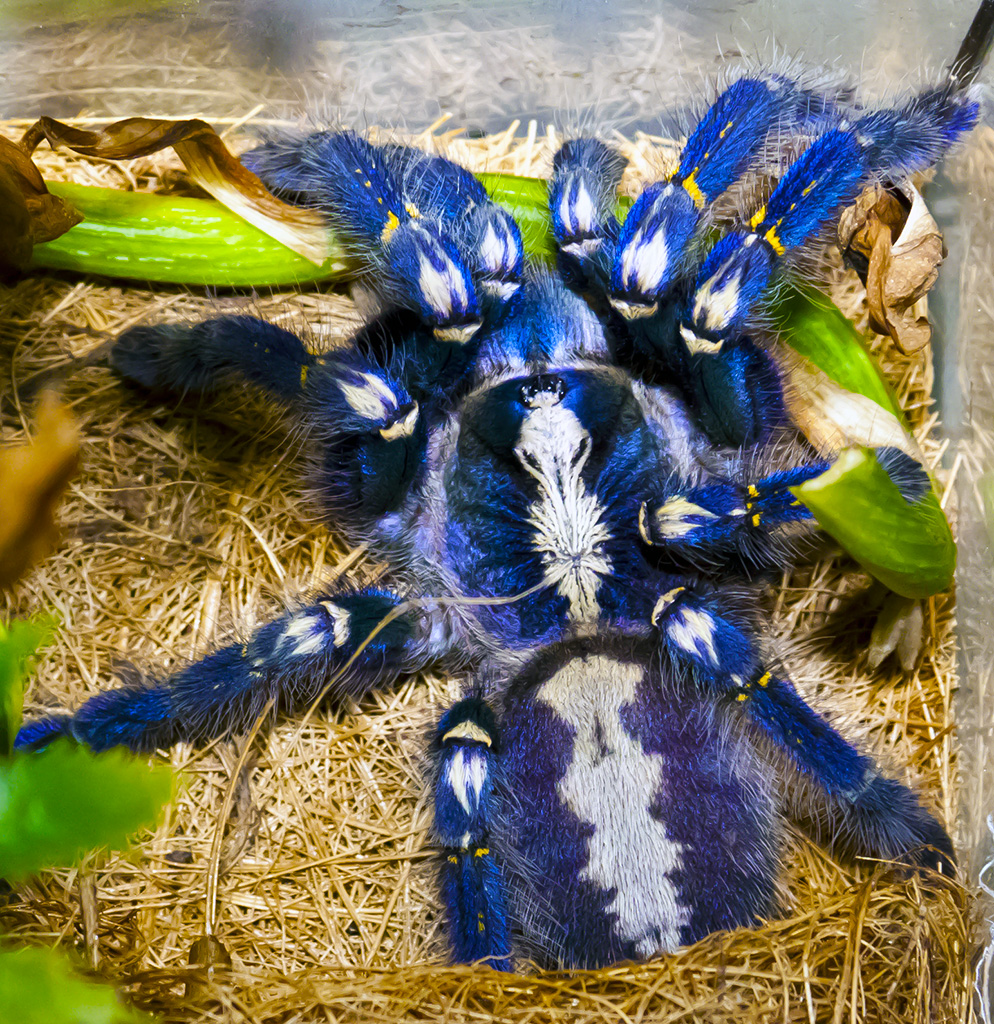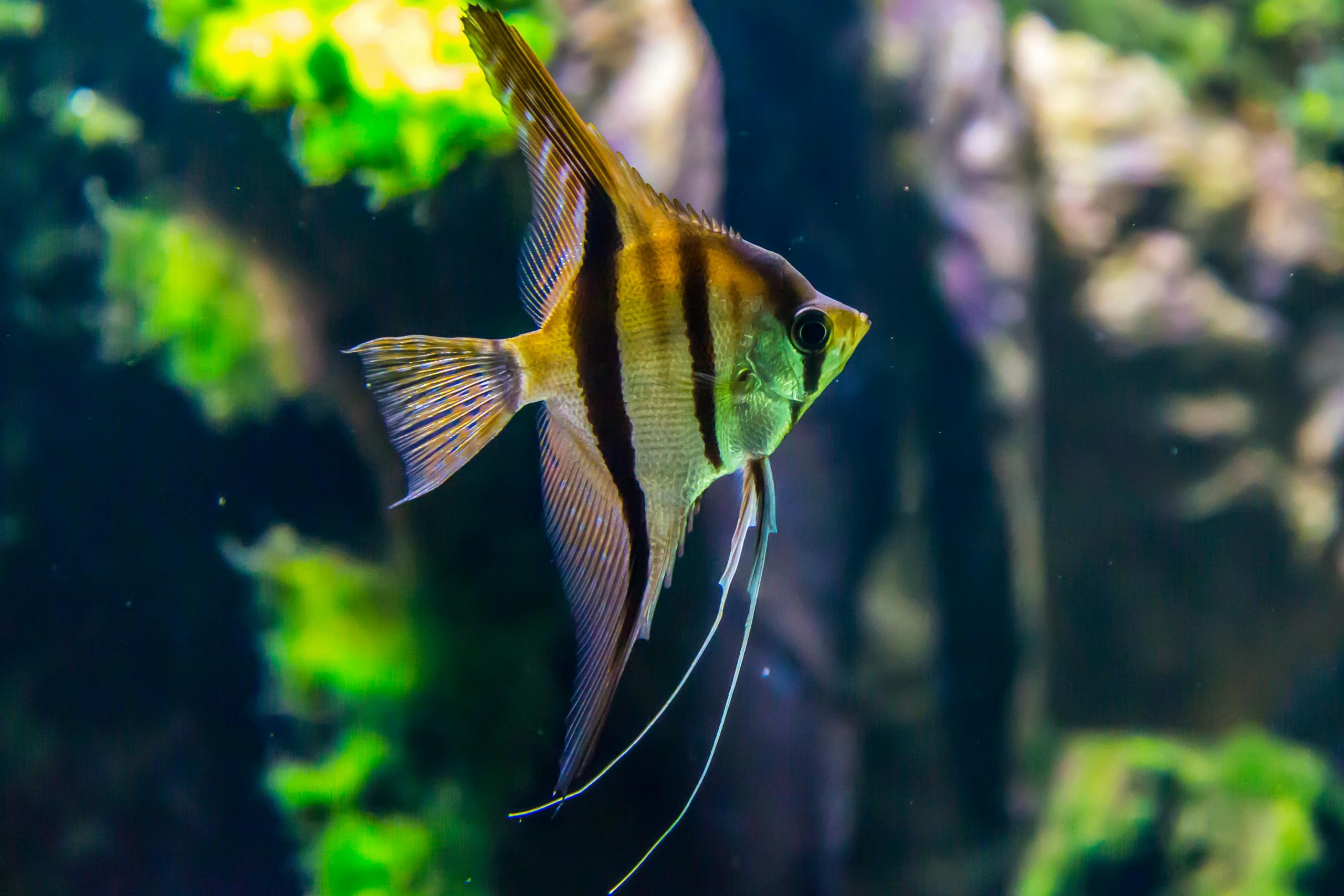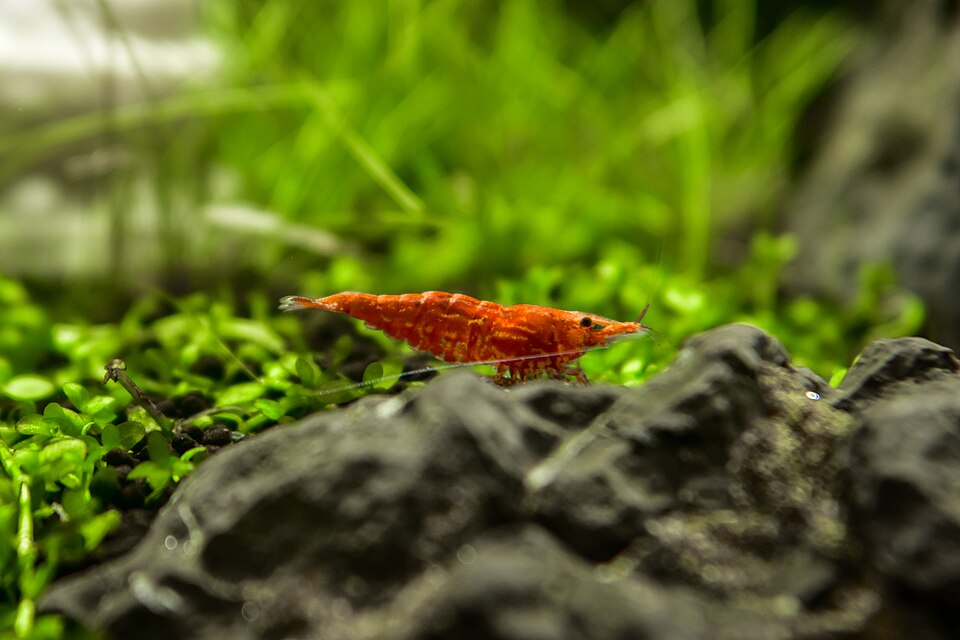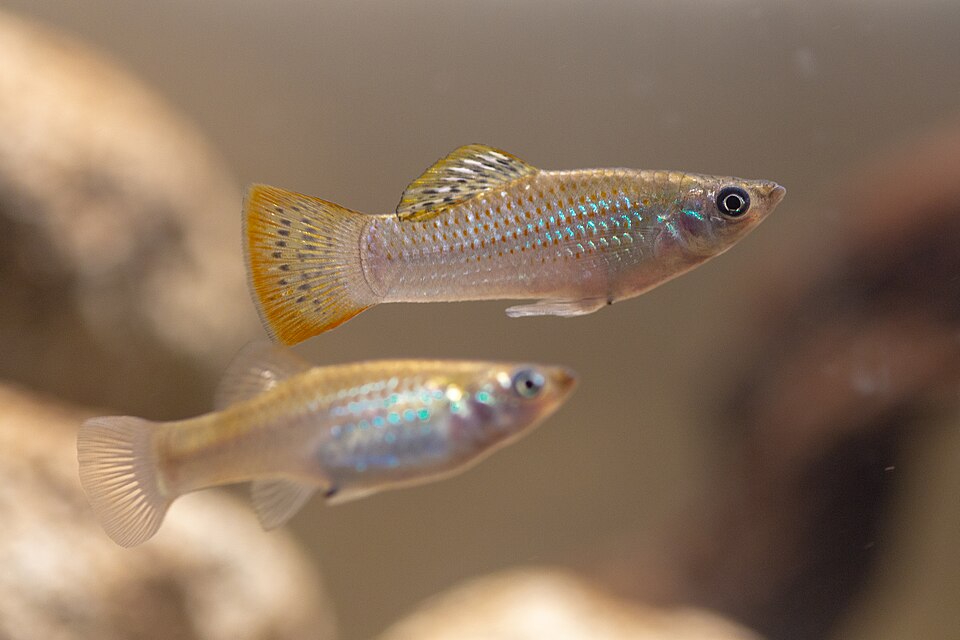Hi there, pet lovers! 🕷️💙
For those who admire nature’s artistry, the Gooty Sapphire Ornamental Tarantula (Poecilotheria metallica) is a breathtaking spectacle. With its electric-blue coloration and intricate patterning, this arboreal tarantula is one of the most coveted species in the exotic pet trade. However, beneath its dazzling appearance lies a fast, defensive, and venomous spider—best suited for experienced keepers.
Native to a small, endangered forest in India, the Gooty Sapphire is critically threatened in the wild due to habitat destruction. Fortunately, captive breeding programs have made them accessible to hobbyists while helping preserve the species.
In this detailed review, we’ll explore everything you need to know about keeping a Gooty Sapphire Ornamental Tarantula—from temperament and care requirements to conservation and ethical sourcing.
Overview
The Gooty Sapphire Ornamental Tarantula is a stunning yet challenging pet tarantula. Here’s a quick summary of what makes it unique:
- Handling and Temperament: Defensive and fast-moving—not recommended for handling due to potent venom.
- Care and Maintenance: Moderate difficulty—requires specific humidity and vertical climbing space.
- Health and Durability: Sensitive to improper conditions, especially during molting.
- Availability: Rare in the wild, but captive-bred specimens are available from specialty breeders.
- Cost: Expensive compared to beginner tarantulas, with juveniles starting around $100+.
Overall: A magnificent but advanced tarantula best suited for experienced keepers who prioritize beauty over interaction.
Why Choose a Gooty Sapphire Ornamental Tarantula?
The Gooty Sapphire is not a pet for everyone, but for the right keeper, it offers unmatched beauty and intrigue.
- A Living Art Piece: Its metallic blue and black geometric patterns make it one of the most visually striking tarantulas.
- Arboreal Behavior: Unlike ground-dwelling species, it climbs and weaves intricate silk retreats, offering fascinating natural behaviors.
- Conservation Role: By purchasing captive-bred specimens, keepers support ethical breeding efforts that help preserve this endangered species.
However, its speed, defensiveness, and medically significant venom mean it is not a hands-on pet.

Handling and Temperament
Defensive Nature
The Gooty Sapphire is notoriously skittish and defensive. Unlike docile New World tarantulas (e.g., Mexican Red Knee), this species lacks urticating hairs—meaning it relies on biting when threatened.
- Bite Risk: While not deadly, its venom can cause severe pain, muscle cramps, nausea, and elevated heart rate for days or even weeks.
- Speed: One of the fastest tarantulas, making escapes risky.
- Stress Sensitivity: Prone to bolting or lunging when disturbed.
Handling? Not Recommended.
Unlike some tarantulas that tolerate brief handling, the Gooty Sapphire is best observed, not held.
- Fragility: Falls can be fatal, and sudden movements may trigger defensive strikes.
- No “Taming”: Unlike reptiles, tarantulas do not bond and will not become calmer with handling.
Key Takeaway: This is a display-only tarantula—admire its beauty from behind glass.
Care and Maintenance
Enclosure Setup
- Type: Tall, vertical terrarium (12″x12″x18″ minimum for adults).
- Substrate: Moist (not wet) coconut fiber or peat moss (2-3 inches deep).
- Climbing Structures: Cork bark tubes, branches, and fake plants for webbing anchors.
- Hiding Spots: Vertical cork hollows or bark slabs for retreats.
Humidity & Temperature
- Humidity: 70-80% (mist lightly 2-3 times a week).
- Temperature: 72-78°F (no heating mats—overheating is deadly).
Feeding
- Diet: Live crickets, roaches, or mealworms (1-2 times per week for juveniles, every 10-14 days for adults).
- Water: Shallow dish + occasional misting (avoid stagnant water).
Molting Considerations
- Signs of Molting: Refusal to eat, lethargy, and webbing a “mat.”
- Do NOT Disturb: A molting tarantula is extremely vulnerable—ensure high humidity.
Health and Durability
Common Health Issues
- Dehydration: Wrinkled abdomen or difficulty molting (maintain humidity).
- Falls: Arboreal tarantulas can injure themselves if enclosure is poorly designed.
- Stress-Related Deaths: Frequent disturbances can shorten lifespan.
Lifespan
- Females: 10-12 years (sometimes longer).
- Males: 3-5 years (shorter due to post-maturity decline).
Key Tip: Minimize stress—limit enclosure openings and vibrations.

Availability and Cost
Where to Buy?
- Reputable Breeders: (e.g., Fear Not Tarantulas, Great Basin Serpentarium).
- Reptile Expos: Best for seeing specimens in person.
- Avoid Wild-Caught: Ethical concerns + higher parasite risk.
Pricing
- Slings (Babies): $100-$200.
- Juveniles/Sub-Adults: $200-$400.
- Adult Females: $500+ (due to longevity).
Enclosure Setup Cost: $150-$300 (terrarium, decor, hygrometer).
Pros and Cons
Pros
✅ Breathtaking colors—unmatched in the tarantula world.
✅ Active and visible (unlike burrowing species).
✅ Supports conservation when captive-bred.
Cons
❌ Venomous and defensive—not for beginners.
❌ High humidity sensitivity—requires monitoring.
❌ Expensive compared to beginner tarantulas.
Final Thoughts
The Gooty Sapphire Ornamental Tarantula is a masterpiece of nature—but not a pet for the faint-hearted. Its care demands, speed, and venom make it a challenge, but for experienced arachnid keepers, it’s a rewarding display animal.
Before purchasing:
- Ensure you’re comfortable with fast, defensive tarantulas.
- Commit to proper humidity and enclosure setup.
- Only buy from ethical breeders to protect wild populations.
For those ready for the responsibility, the Gooty Sapphire is a living jewel—best admired, not touched.
Interested in other tarantulas? Check out our guides on beginner-friendly species like the Mexican Red Knee or Chilean Rose Hair!
Would you like any sections expanded or compared with other species? Let us know! 🕷️💙








Leave a Reply